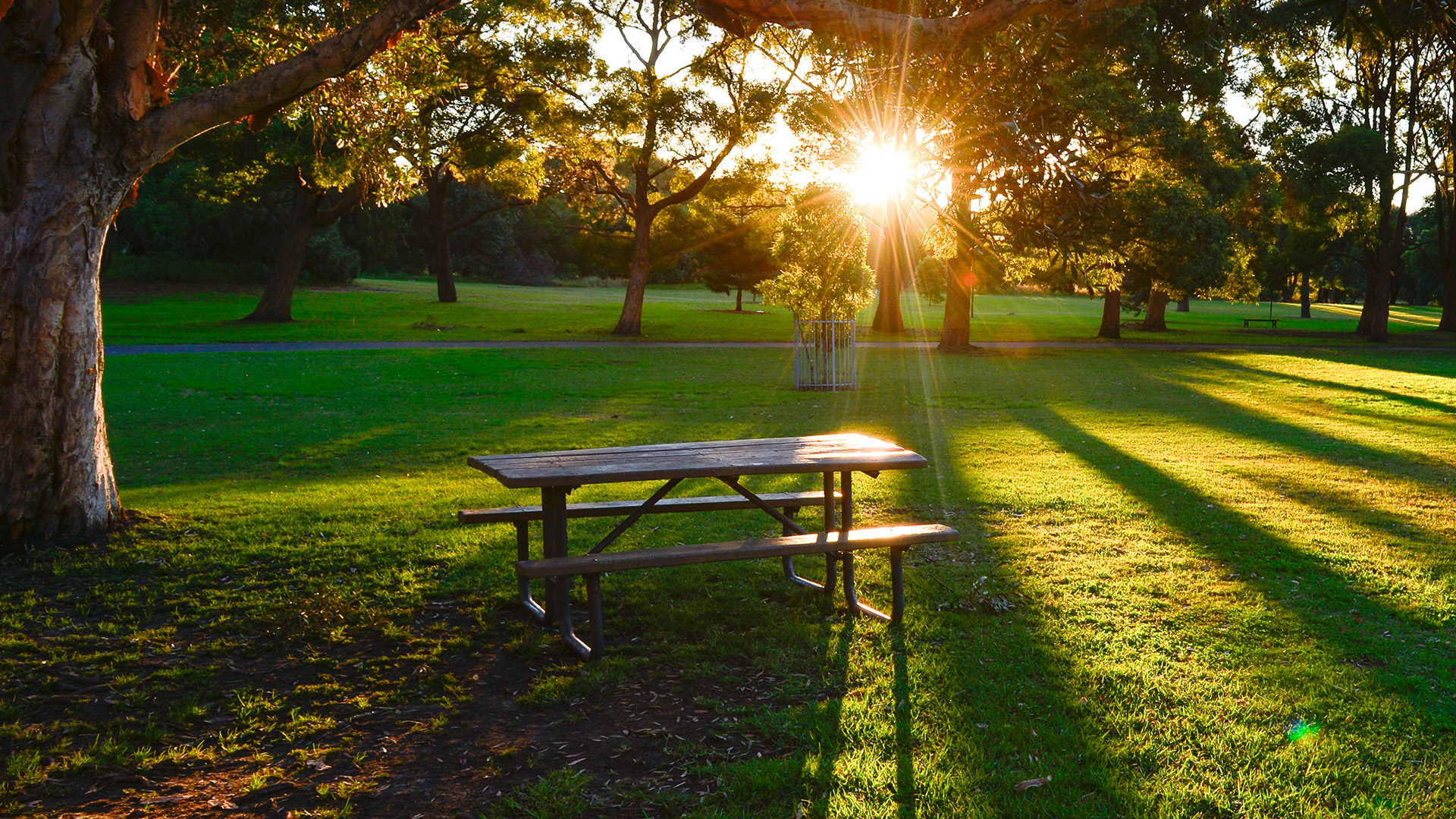Publication
Franchisors on notice
In another important decision regarding wage compliance, the Full Court of the Federal Court has handed down a ruling with major implications for franchisors.


Australia | Publication | October 2025
This article was co-authored with Loughlin Gleeson.
On 3 September 2025, the High Court of Australia delivered judgment in La Perouse Local Aboriginal Land Council v Quarry Street Pty Ltd [2025] HCA 32. The case related to a long-term lease granted by the Crown in relation to a disused bowling club site in the inner-Sydney suburb of Paddington.
The majority (Gageler CJ, Edelman and Jagot JJ, writing separately) allowed the appeal against the decision of the Court of Appeal of New South Wales regarding the proper construction of the words “lawfully used” as they appear in s 36(1)(b) of the Aboriginal Land Rights Act 1983 (NSW) (ALR Act).
The decision clarifies that “lawfully used” under s 36(1)(b) of the ALR Act requires a purposeful interaction with land in a physical sense.
More broadly, the decision is an example of the complexities faced by courts when construing legislation that incorporates concepts with both legal and ordinary meanings. This is particularly so when those concepts are associated with physical things and rights to those things—in this case, “land” and leasehold rights in relation to land.
The decision may have significant practical and legal consequences for Aboriginal Land Councils, those with existing rights in Crown land, and Crown land managers.
The ALR Act is “intended for beneficial and remedial purposes” and has, as one of its overriding purposes, the provision of “land rights for Aboriginal persons in New South Wales”.1
An Aboriginal Land Council may make a claim under s 36 of the ALR Act.
If referred to the Minister administering the Crown Land Management Act 2016 (NSW) (CLM Act), the Minister must grant the claim in relation to the whole or part of the land over which a claim is made if they are satisfied such land is “claimable Crown lands”.
Relevantly, s 36(1) of the ALR Act provides:
(1) In this section, except in so far as the context or subject-matter otherwise indicates or requires:
claimable Crown lands means lands vested in Her Majesty that, when a claim is made for the lands under this Division:
…
(b) are not lawfully used or occupied,
Whilst writing separately, the majority held that land vested in the State is not “lawfully used” within the meaning of s 36(1)(b) of the ALR Act merely by reason of the existence of a lease.
Focussing on the Chief Justice’s judgment, “land” admits of two different meanings—land, in the physical sense, and in the legal sense of legal or equitable rights in respect of land. The Chief Justice reasoned, based on the text of s 36(1) and legislative history, that “land” in s 36(1)(b) had a specifically physical meaning. It followed that “use” likewise has a physical meaning, referrable to physical acts on land which serve a particular purpose. The operative provision therefore encompassed physical lands actually deployed. The Land was not and therefore the Minister was unable to conclude the land was “lawfully used”.
The other Justices in the majority reached the same conclusion by means of different reasons. Each of their Honours ultimately held however that “used” had a narrow meaning, confined to purposeful (albeit not necessarily physical) interaction with land.
Put another way, and representing a point of common ground among the majority, the meaning of “use” in s 36(1)(b) is a question of fact which must be demonstrated to more than a “notional degree” (citing Daruk Local Aboriginal Land Council v Minister Administering the Crown Lands Act (1993) 30 NSWLR 140 at 164).
The minority found that the Land was “lawfully used” with the meaning of s 36(1)(b) of the ALR Act by reason of the lease. Their Honours rejected the view that “use” under s 36(1)(b) of the ALR Act must necessarily be confined to the physical or practical use of land.
The minority stressed that that the alternative, narrower construction gave rise to certain impracticable consequences. In particular, their Honours adverted to the consequence that the Crown’s freehold interest in land would be liable to a successful claim under the ALR Act whenever a tenant ceased to conduct its activities on land.
As a matter of statutory construction, the decision clarifies that “lawfully used” under s 36(1)(b) of the ALR Act requires a purposeful interaction with land.
The decision also gives rise to significant practical and legal implications for the holders of interests in Crown land and claimants under the ALR Act.
For example, lessees that merely maintain property, such as by doing repairs, to comply with the lease’s terms may not substantiate use above a “notional degree”.
On the other hand, for claimants under the ALR Act, the decision suggests that land that is the subject of a lease is capable of being successfully claimed if the land is used only to a “notional degree”.
If you require advice in relation to the consequences of this decision or your obligations with respect to Crown land, please get in touch with our Environment and Planning team.
Publication
In another important decision regarding wage compliance, the Full Court of the Federal Court has handed down a ruling with major implications for franchisors.
Subscribe and stay up to date with the latest legal news, information and events . . .
© Norton Rose Fulbright LLP 2025